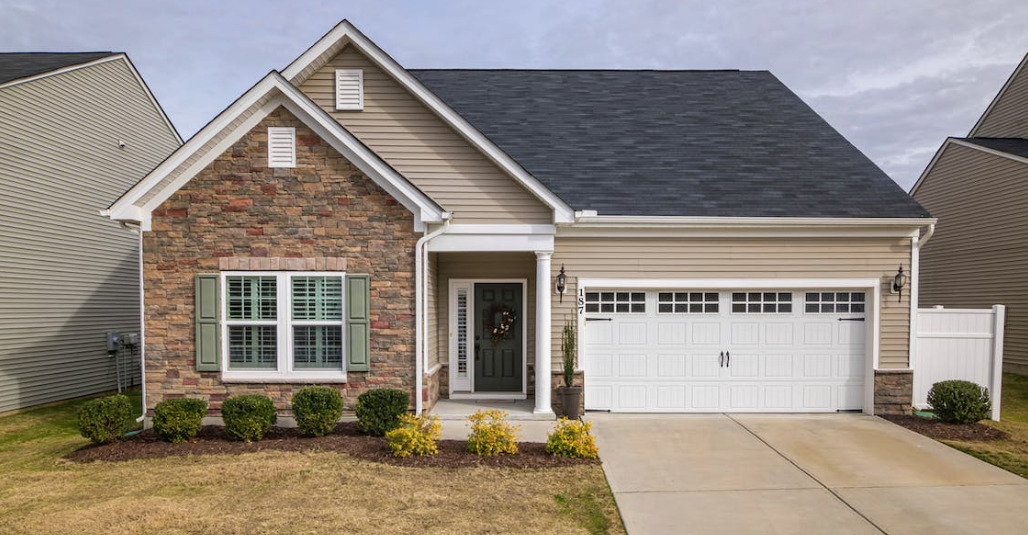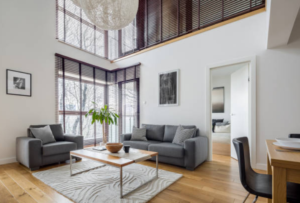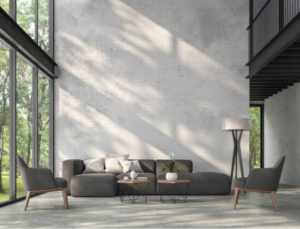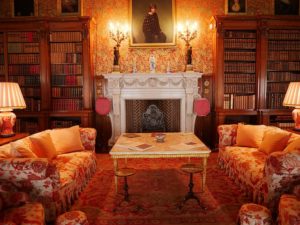Prefabricated homes have come a long way in recent years, shedding their outdated reputation and becoming a popular choice for homeowners. With their affordability, efficiency, and flexibility, prefabricated homes like the ones discussed on WG-Gesucht, provide an excellent opportunity for customization. From small tweaks to dramatic transformations, there are countless creative ways to make your prefabricated home truly unique and personalized. In this article, we will explore some innovative ideas to unlock the potential of your prefabricated home.
Exterior Customization
One of the easiest ways to transform your prefabricated home is by focusing on its exterior. Consider adding a fresh coat of paint in a bold color or opting for a contrasting color scheme to make it stand out. Additionally, you can explore various cladding options, such as wood, stone, or brick, to give your home a more rustic or contemporary look.
Enhance your outdoor living space by adding a deck or patio to your prefabricated home. These additions not only increase the overall square footage but also provide an inviting area for entertaining guests or simply enjoying nature. Incorporate stylish furniture, landscaping elements, and lighting fixtures to create a welcoming atmosphere.

Interior Customization
Many prefabricated homes come with flexible floor plans, making it easier to create an open-concept layout. Knockdown unnecessary walls to create a spacious and fluid living area. This approach maximizes natural light and promotes better interaction between family members.
Upgrade your kitchen and other areas with custom cabinetry to enhance functionality and aesthetics. Utilize every inch of space by adding smart storage solutions, such as pull-out pantry shelves, hidden drawers, or built-in organizers. By customizing your storage options, you can maintain a clutter-free and organized home.
Experiment with innovative lighting fixtures to redefine the ambiance of your prefabricated home. Swap out basic light fixtures for statement pieces that reflect your style. Consider incorporating recessed lighting, pendant lights, or chandeliers to add drama and character to each room.
Energy Efficiency and Sustainability
Take advantage of the energy efficiency potential of your prefabricated home by installing solar power systems. Solar panels can help you reduce your carbon footprint while also saving on electricity bills in the long run.
Consider adding a green roof to your prefabricated home. Not only does it provide an aesthetic boost, but it also helps regulate indoor temperatures, reduces stormwater runoff, and improves air quality.
Conclusion
Customizing your prefabricated home doesn’t have to be limited to minor tweaks. By thinking outside the box and incorporating creative ideas, you can unlock its full potential and create a truly unique living space. Whether it’s exterior facades, interior layouts, or sustainable additions, there is an array of possibilities to transform your prefabricated home into a dream dwelling that suits your lifestyle and reflects your personality. Embrace the flexibility and affordability of prefabricated homes, and let your imagination guide you to customize every detail.…



 Started by the minimalist art movement of the 1960s and 1970s and inspired by traditional Japanese design and Zen philosophy, minimalist interiors express the guiding concepts of modernism in an almost puritanical palette. Minimalism is an aesthetic that allows you to focus on design efficiency. Free of distractions and clutter, minimalist interiors are streamlined to maximize visual impact and effective use of space. With careful detailing and hidden storage, elements and patterns are kept to a minimum.
Started by the minimalist art movement of the 1960s and 1970s and inspired by traditional Japanese design and Zen philosophy, minimalist interiors express the guiding concepts of modernism in an almost puritanical palette. Minimalism is an aesthetic that allows you to focus on design efficiency. Free of distractions and clutter, minimalist interiors are streamlined to maximize visual impact and effective use of space. With careful detailing and hidden storage, elements and patterns are kept to a minimum.  Industrial interiors celebrate the modernist eye for efficiency and functionality, transforming the working parts of a building into its main aesthetic. To emphasize the “machine-to-machine” look of these interiors, beams, columns, pipes, and ductwork are in the foreground. It gives them a masculine look. Industrial-style interiors are not limited of weight and roughness. They rely on second-hand, salvaged, and recycled items, as well as many other facets of modernism. Industrial interiors are often the first choice when
Industrial interiors celebrate the modernist eye for efficiency and functionality, transforming the working parts of a building into its main aesthetic. To emphasize the “machine-to-machine” look of these interiors, beams, columns, pipes, and ductwork are in the foreground. It gives them a masculine look. Industrial-style interiors are not limited of weight and roughness. They rely on second-hand, salvaged, and recycled items, as well as many other facets of modernism. Industrial interiors are often the first choice when  Traditional style, or classical style, looks to the past for ideas for the future. It can go straight to the source or reinterpret classic ideas to bring tried and tested elements, patterns, and proportions into a modern setting. Its silhouettes bring a special touch to traditional European interiors. For example, wingback chairs, delicate furniture, claw-foot tabletops, and other furniture and accessories often have their roots in English, neoclassical, French country, colonial or 18th-century country house styles.
Traditional style, or classical style, looks to the past for ideas for the future. It can go straight to the source or reinterpret classic ideas to bring tried and tested elements, patterns, and proportions into a modern setting. Its silhouettes bring a special touch to traditional European interiors. For example, wingback chairs, delicate furniture, claw-foot tabletops, and other furniture and accessories often have their roots in English, neoclassical, French country, colonial or 18th-century country house styles.